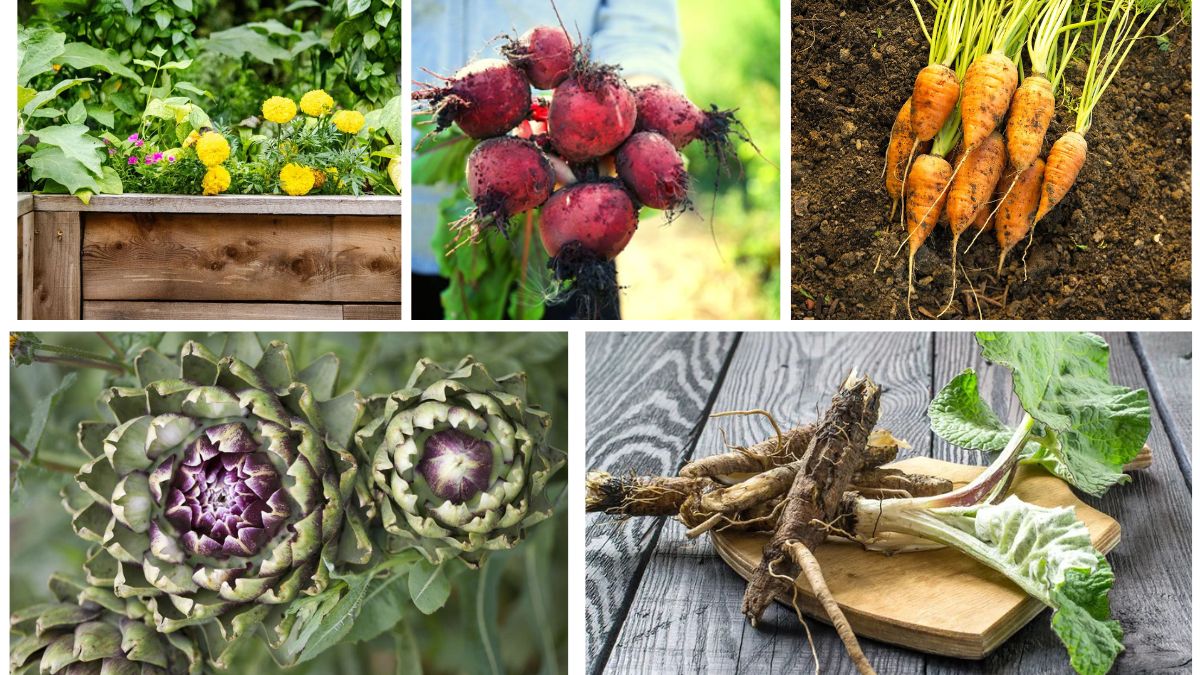Gardening is not only about creating a space full of vibrant flowers and lush greenery—it can also be a source of fresh, healthy food. Many plants that we usually think of as vegetables or crops are also ornamental, offering attractive foliage, delicate flowers, and interesting textures. Among them, root vegetables stand out because they combine practicality with charm. These plants grow their edible parts underground, while their leaves, stems, and flowers can add beauty to your garden.
If you’re looking to design a garden that is both nourishing and eye-catching, adding edible root plants is the perfect solution. Let’s explore five unique edible root plants that will brighten your outdoor space while providing delicious harvests.
1. Carrots (Daucus carota subsp. sativus)
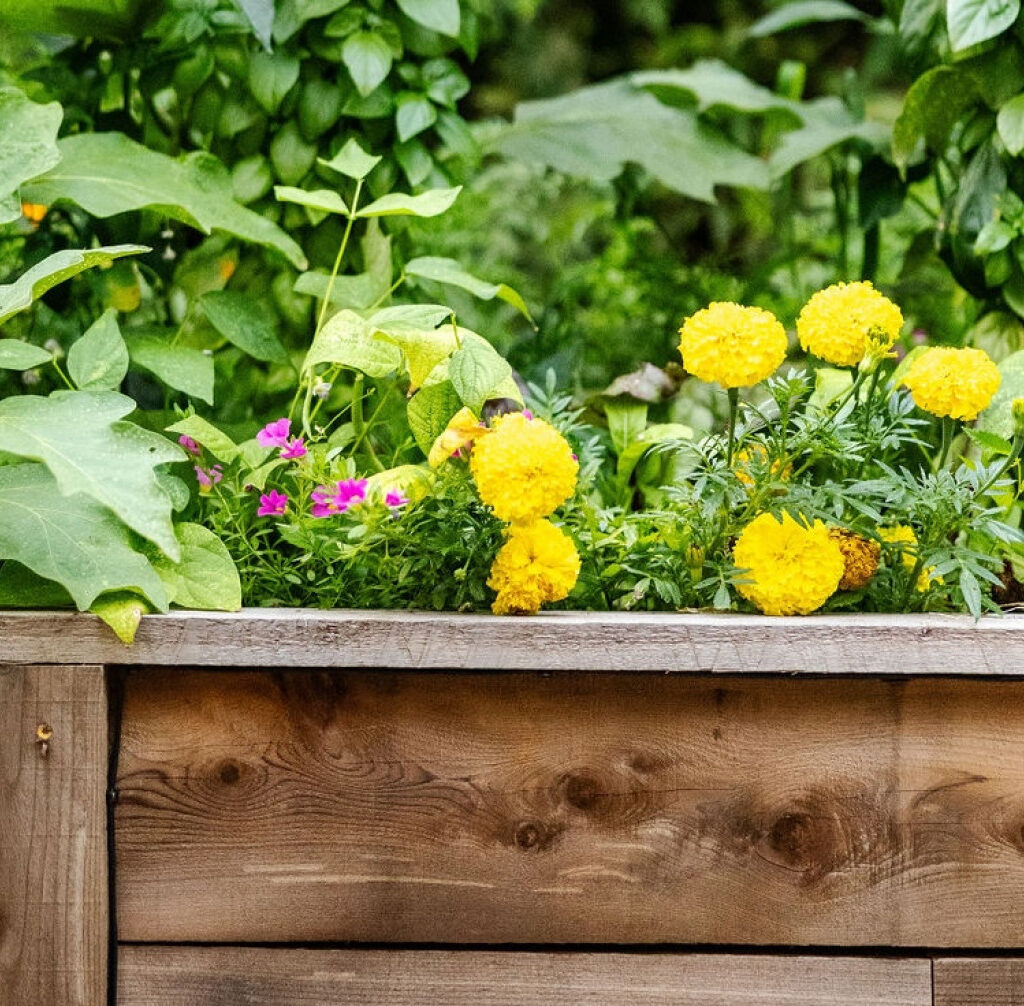
Carrots are among the most beloved root crops, known for their sweet crunch and nutritional benefits. But beyond the tasty roots, carrots also bring visual appeal to gardens. Their finely divided, feathery foliage looks much like ornamental ferns, adding a soft, airy texture to garden beds.
- Beauty Factor: Carrot leaves provide a rich, green carpet that pairs beautifully with flowering plants. If allowed to flower, carrots produce delicate white umbels that resemble Queen Anne’s lace, attracting beneficial insects like pollinators and predatory wasps.
- Growing Tips: Carrots thrive in loose, sandy soil that allows their roots to grow straight. They require full sun and consistent watering. Avoid rocky or compacted soil, as this can cause roots to become misshapen.
- Harvest: Depending on the variety, carrots can be harvested in 60–80 days. Pull them gently from the soil when their tops look mature.
- Culinary Use: Eat them raw in salads, roast them for caramelized flavor, or juice them for a refreshing drink.
By planting a rainbow mix of purple, red, yellow, and orange carrots, you can add color beneath the soil as well as beauty above ground.
2. Beets (Beta vulgaris)
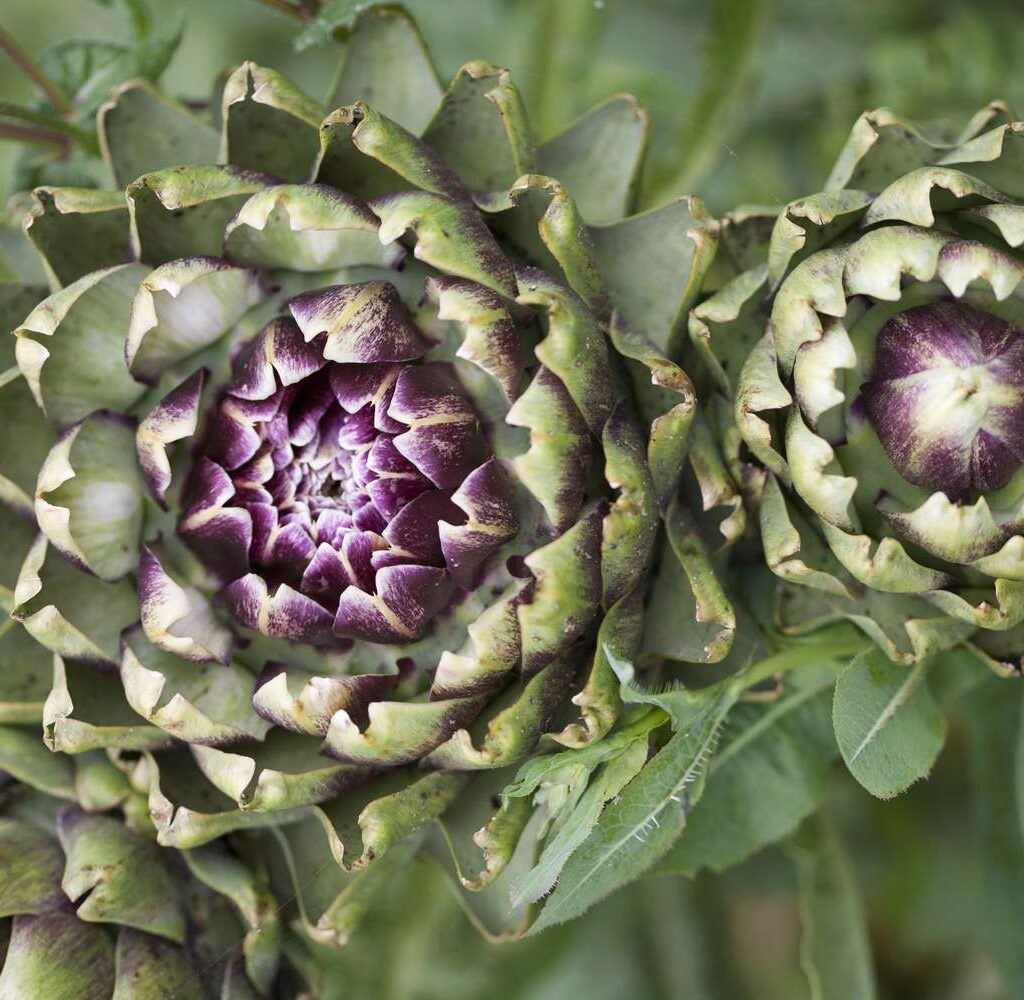
Beets are another edible root vegetable that doubles as a stunning ornamental plant. Their deep red, purple, golden, or striped roots are matched by colorful foliage with ruby veins or glossy green leaves.
- Beauty Factor: Beet leaves add vibrancy to borders or container gardens. The striking purple-green leaves can complement flowering plants, making them a decorative edible option.
- Growing Tips: Beets prefer cool weather and can be planted in early spring or fall. They grow best in moist, fertile soil enriched with compost. Space seeds a few inches apart for proper root development.
- Harvest: Roots are usually ready in 50–70 days. Young leaves can also be harvested as nutrient-rich “baby greens.”
- Culinary Use: Beets are versatile—they can be roasted, boiled, pickled, or even grated raw into salads. The greens are edible too, tasting similar to spinach.
Beets add color, taste, and aesthetic charm, making them a must-have root crop for both vegetable gardens and decorative beds.
3. Radishes (Raphanus sativus)
Radishes are one of the fastest-growing root crops, perfect for beginner gardeners. Their bold red, pink, purple, and white bulbs bring color to your harvest, while their leafy tops add greenery to garden beds.
- Beauty Factor: Radish plants grow quickly, filling in empty spaces between slower crops. Their crisp green leaves add freshness to any planting design. Some radish varieties also produce delicate white or pink blossoms if left unharvested.
- Growing Tips: Radishes prefer cool weather and grow well in loose soil with plenty of organic matter. They need consistent watering to prevent the roots from becoming woody. Plant seeds every few weeks for a continuous harvest.
- Harvest: Radishes mature in just 25–30 days, making them one of the quickest returns in gardening.
- Culinary Use: Radishes are best enjoyed fresh in salads, sliced as a garnish, or pickled for tangy crunch. Their young greens can also be sautéed or blended into pesto.
Radishes are perfect for filling small gaps in flower beds, adding both charm and productivity to your garden.
4. Sweet Potatoes (Ipomoea batatas)
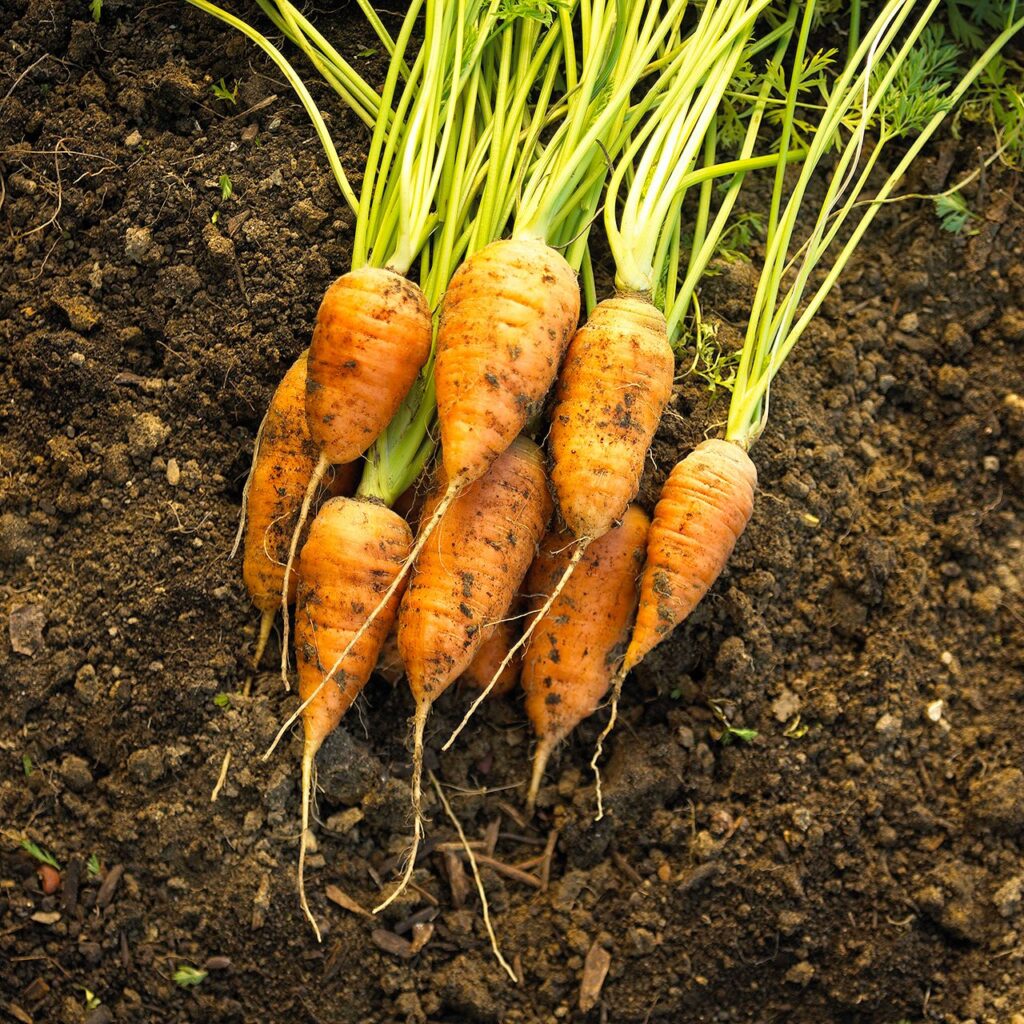
Unlike many root crops, sweet potatoes offer a double dose of beauty and practicality. Their heart-shaped leaves create lush ground cover, while the roots provide a sweet, nutritious harvest. Some ornamental varieties are grown solely for their attractive foliage, but edible types are just as striking.
- Beauty Factor: Sweet potato vines spill gracefully from containers or raised beds, creating a cascading effect. Their purple, bronze, or variegated leaves add a tropical touch to gardens. In warm climates, they also produce delicate morning-glory-like flowers.
- Growing Tips: Sweet potatoes need a long, warm growing season. Plant slips (young shoots) in loose, well-drained soil, giving them room to spread. They require full sun and regular watering.
- Harvest: Tubers are typically ready to harvest after 90–120 days. Cure them for a few weeks in a warm, humid space to enhance sweetness.
- Culinary Use: Sweet potatoes can be baked, roasted, mashed, or even used in desserts. Their edible leaves can be stir-fried or added to soups.
By choosing colorful foliage varieties, you can enjoy both edible and ornamental value from this root plant.
5. Turnips (Brassica rapa subsp. rapa)
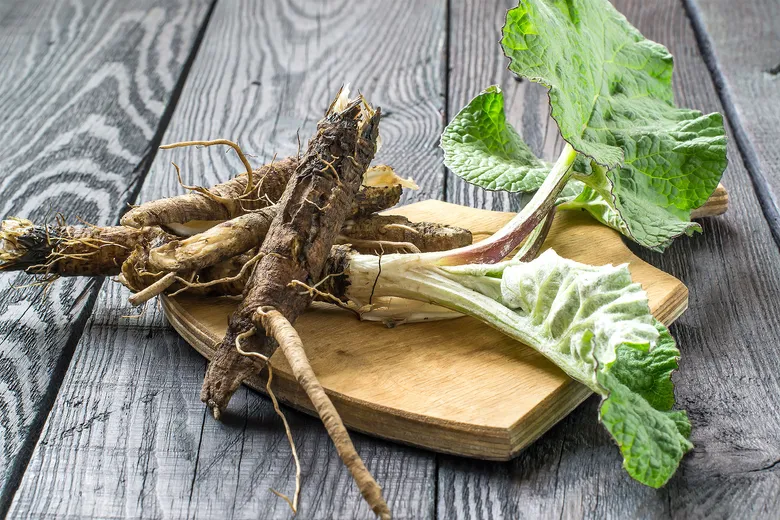
Turnips may have a humble reputation, but they are highly versatile and visually appealing. Their globe-shaped roots come in white, purple, or golden hues, while their leafy tops provide greenery and texture.
- Beauty Factor: Turnip greens are lush and full, adding volume to your garden beds. Their small flowers, if left to bloom, are yellow and can attract pollinators.
- Growing Tips: Turnips grow best in cool weather and are easy to care for. Plant seeds in loose soil, spacing them well for full root development. They mature quickly, making them great for succession planting.
- Harvest: Baby turnips can be harvested in 30 days, while mature roots are ready in 50–70 days. The greens can be harvested throughout the season.
- Culinary Use: Both roots and greens are edible. Roots can be roasted, mashed, or stewed, while greens are excellent sautéed with garlic or added to soups.
Turnips are a classic dual-purpose crop—beautiful, nutritious, and productive.
Designing with Edible Root Plants
Incorporating edible root plants into your garden isn’t just about food production—it’s also about design. Here are a few ways to blend practicality with beauty:
- Mixed Borders: Combine root plants like beets and carrots with flowers such as marigolds or nasturtiums. This creates a visually dynamic border that also repels pests naturally.
- Container Gardening: Radishes and carrots grow well in pots, adding greenery to patios and balconies while offering fresh harvests.
- Succession Planting: Use quick growers like radishes to fill spaces while waiting for slower crops like beets or turnips to mature.
- Companion Planting: Pair root crops with herbs and flowers for better growth and pest control. For instance, carrots thrive near onions and basil.
By planning your garden layout carefully, you can enjoy a space that is not only productive but also visually stunning.
Final Thoughts
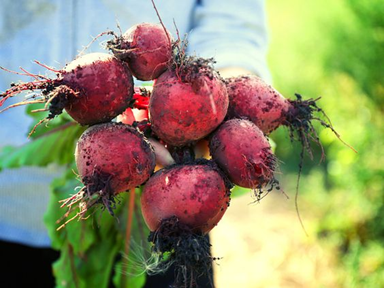
Edible root plants prove that gardens don’t have to be divided into “ornamental” and “practical” spaces. With their lush foliage, colorful stems, and unique flowers, root vegetables like carrots, beets, radishes, sweet potatoes, and turnips can bring both beauty and nourishment to your outdoor space.
By adding these plants, you create a multi-functional garden—one that pleases the eyes, feeds the body, and supports pollinators. Whether you’re a beginner or an experienced gardener, experimenting with edible root crops will transform your garden into a vibrant and rewarding sanctuary.
